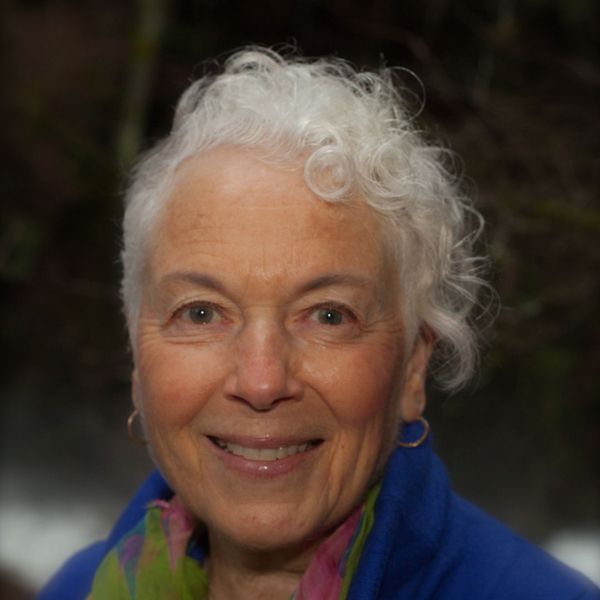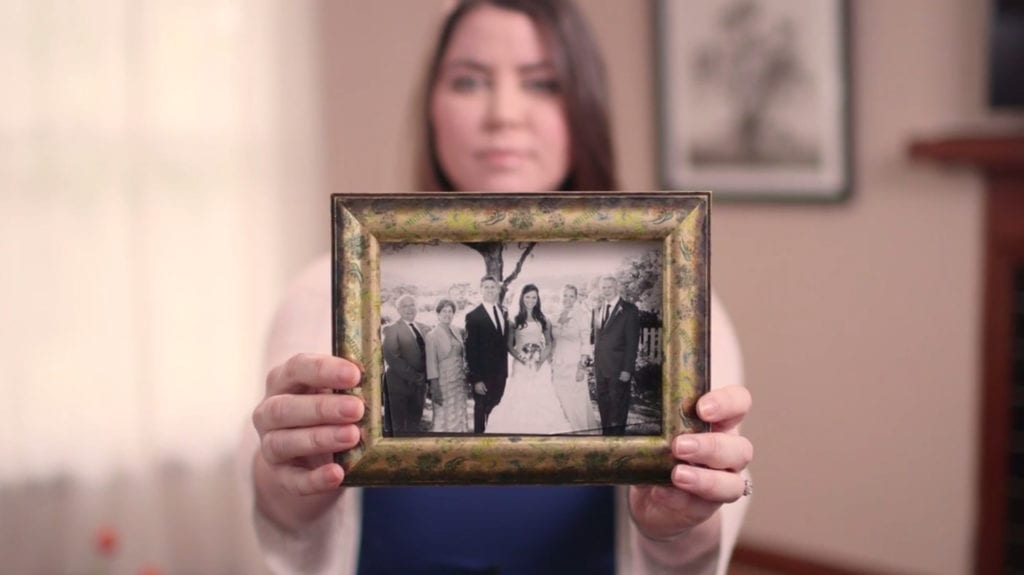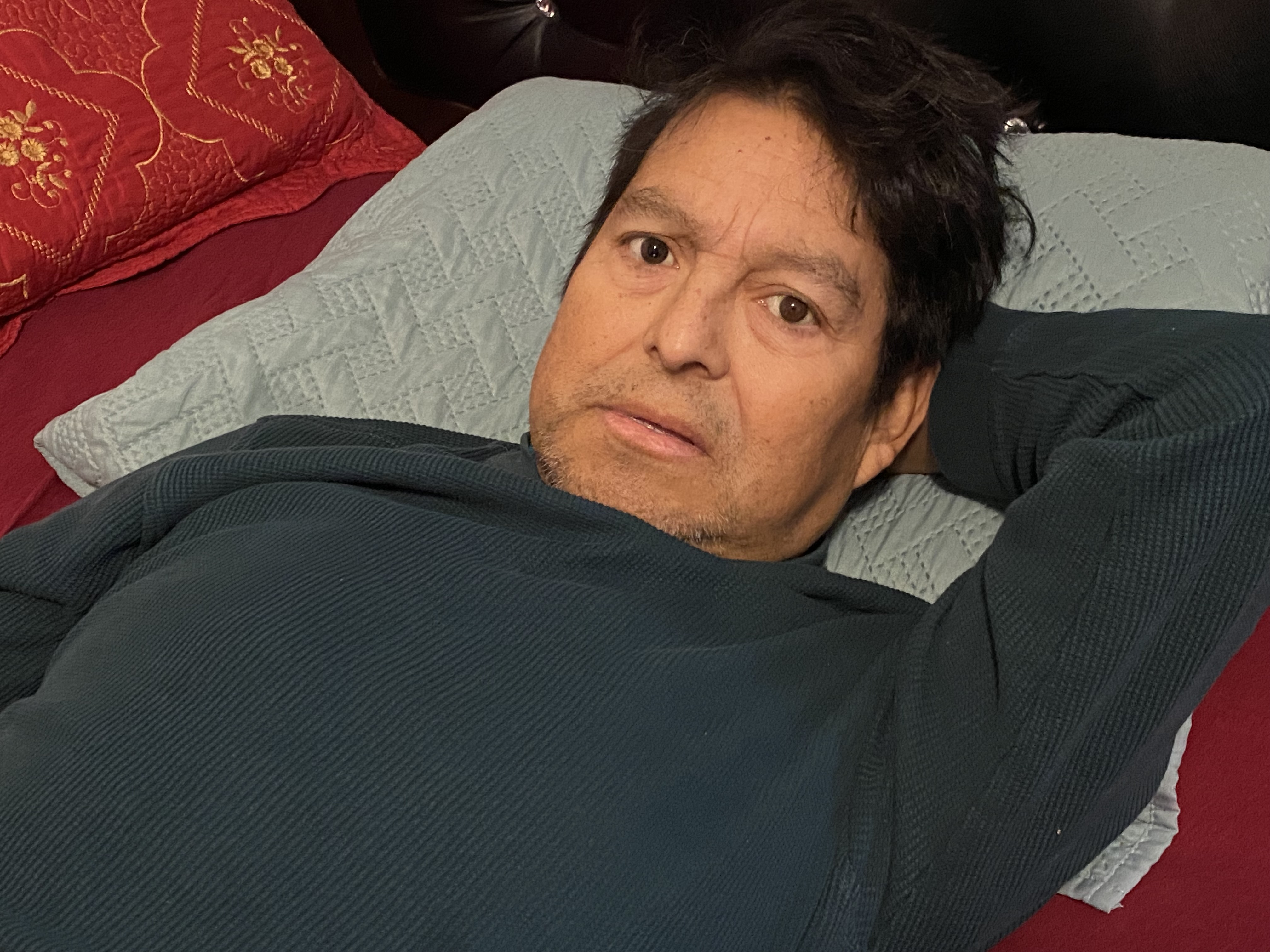Phyllis shared her story in June of 2022.
I never met anyone who didn’t like Alan. He was so easy to get along with. In our relationship, there was a lot of comfortable silence and an enormous amount of laughter. I can’t tell you what we laughed about, because it was always at ourselves.
For much of our 26-year marriage, Alan could be found hovering over a keyboard of one type or another. He was a genius computer programmer, but his real avocation was being a jazz pianist. And he was good at it. In the last eight or nine years of our relationship, right up until Alan voluntarily stopped eating and drinking, we’d pick a key and improvise together — Alan on the electric keyboard, me on the acoustic piano. It was our deepest form of communication.
In late 2012, we noticed that Alan, this genius computer guy, was forgetting how to use the computer. He was forgetting other things too, like turning off the stove. We decided to see a neurologist and a neuropsychologist. After a battery of tests and a brain scan, we learned that Alan had Alzheimer’s disease. The neuropsychologist’s parting words for Alan were, “Start getting your life together. Prepare whatever papers or plans you need to. Because within two to three months, you won’t be able to function.”
Alan’s mother died of Alzheimer’s. His father had dementia as well. So we knew what this meant. On our last visit to Alan’s mother, she had no cognition, and there was no sign that she knew who Alan was. Alan was determined that that was not going to be how he would die.
We both had advance directives from years ago, but now we jumped into high gear to learn about our options. I did considerable research and came across a long paper by Thaddeus Pope, an expert on medical law and clinical ethics. That’s where I first learned about voluntarily stopping eating and drinking, otherwise known as VSED.
I printed out the page from the website, brought the paper downstairs to Alan and showed it to him. He read it, and he said, “This is what I’m going to do.”
Because of our close-up view of what dementia had done to Alan’s mother, Alan knew what the alternative to VSED was. He didn’t want to be in a facility. He didn’t want to become angry or nasty or hostile. He was already forgetting things — how to turn off the stove, how to use the computer. We didn’t have much time: He had to VSED while he still had mental competency so he could remember why he wasn’t eating or drinking. I received guidance from End of Life Washington (EOLW), including information from a volunteer doctor. EOLW also put me in touch with a chaplain. She visited us and helped Alan get clarity on what he wanted, and we began to plan it out.
Alan said he thought it was funny that people have funerals after they die. He said he wanted to be at his own funeral. So, while he was still living and mentally capable, we held a beautiful Celebration of Life for Alan at the Center for Spiritual Living where we were members. People were able to say their goodbyes and pay their respects. It was lovely.
A few months later, we went to the Center again. It was the last time Alan was able to go. This time, Alan wasn’t very stable, and when we came home from that event, he sat down, looked at me and said, “I think it’s time.” I agreed with him.
He proceeded to have conversations with his counselor, his doctors and the chaplain in preparation for the day he would begin VSED. Our elder care attorney came over, as well as two neighbors, who witnessed Alan sign a paper with a short paragraph wherein he took all responsibility for his decision and I took all responsibility for my decision to help him. At the advice of a doctor who was affiliated with Compassion & Choices, he limited his diet to no more than 500 calories a day for the five days leading up to VSED. His last meal was two small scoops of vanilla ice cream.
Meanwhile, a friend came over to our house and helped me set up a beautiful altar in our living room with photos and memorabilia from Alan’s life.
We were now physically, spiritually and psychologically ready for what was to come.
From when Alan started VSED until he passed was nine and a half days. Thanks to our long-term care insurance, I had two professional caregivers assist me in providing round-the-clock care. Additionally, Alan’s osteopath made three house calls during that time and remained on call with us 24/7. The caregivers and I routinely did many things to provide comfort to minimize the effects of dehydration: routine swabbing, spray mists, the use of a humidifier in the room, frequently applying lotion to Alan’s skin and salve to his lips as well as drops in his eyes. His bedroom window remained open a few inches for fresh air.
On day 5, Alan asked me for water twice. Each time I reminded him why he was not eating or drinking. Then I asked, “Would you like me to get you a glass of water, or would you prefer that I just spray mists of water into your mouth?” He understood and asked for the mists. I kept spraying his mouth until he was satisfied.
Alan was able to communicate with me until the eighth day. On that day, he could no longer open his eyes, but he was still aware. I got very close to him and said, “Alan, I’m here with you. If you’re comfortable, blink your eyes.” He moved his eyelids, and I knew he was okay. Then he mouthed, “I love you.”
On April 19, 2013, Alan passed away, one month shy of 77 years old. He didn’t have to live into the late stages of Alzheimer’s or live in a facility. He got to have the compassionate, conscious death he wanted.
A few weeks before Alan voluntarily stopped eating and drinking, he was sitting at the breakfast table when I noticed he was crying. I said, “Honey, what are you feeling?” With tears in his eyes, he said to me, “I’m not afraid of dying and I’ve lived a good life, but I want everyone to know about VSED.”
I was surprised to hear myself reply, “You’ll just have to trust that I’ll be your vehicle.” And then I gasped. What sort of promise had I just made?
Seven months later, TED Talks came to Bellingham, Washington, and I was chosen to share our story. I created a website, and then I decided to write my book, Choosing to Die, in which I detail Alan’s decision and preparation to VSED, and what he and I experienced during those nine and a half days.
The only way out of grief is to go all the way through it. I didn’t shortchange myself at all. I want people to know that VSED can be a compassionate, loving option. I want to keep my promise to Alan. I think the way people often help themselves is by helping others. And that’s my story.






